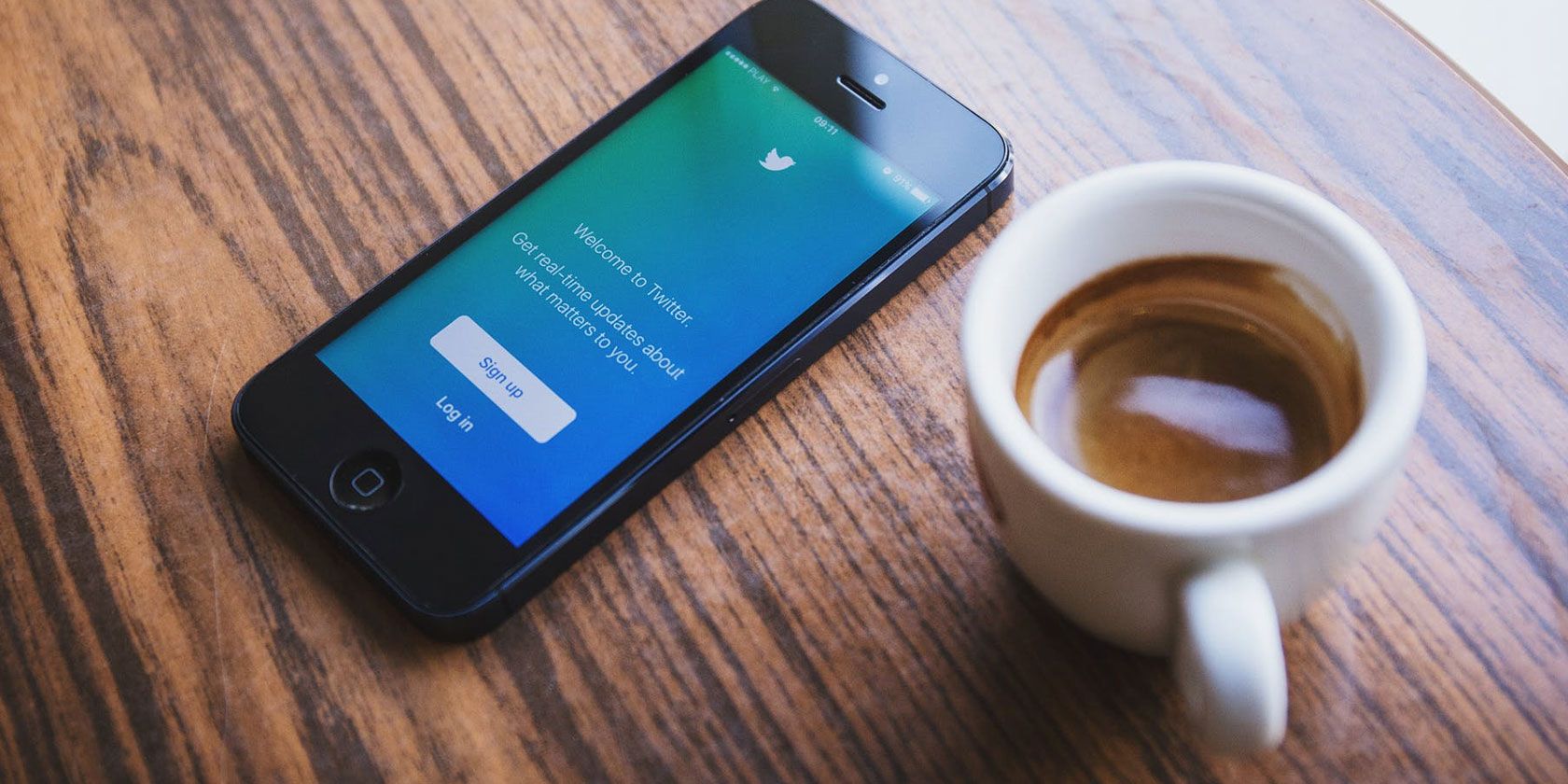Twitter is a fast-paced site with its own set of rules. The problem is some of these Twitter rules aren't in the official documentation. Think of them like an unwritten code of conduct implemented by the users.
Like most social codes, everyone in the "in-group" is expected to observe them. But do you know what these rules are, and if so, are you following them? Here are the unwritten Twitter rules you're probably breaking.
1. Snitch Tagging
If you don't know how to use Twitter yet, we recommend checking out that link. If you do know how to use it, you'll know the social media platform lives on drama. In fact, Twitter thrives on it.
This drama takes on the form of vaguely worded "subtweets". Subtweets are when someone talks about a subject in enough detail for their immediate in-crowd to get it, but they avoid keywords so the tweet isn't searchable.
This avoidance of keywords is due to the public nature of the platform. Social media mobs can pile on pretty quick, and it's a constant fear in the back of most users' minds.
However, subtweeting isn't always a bad thing. Sometimes---when you see it---you shouldn't let the subjects of those subtweets know.
Let's say you see someone subtweeting about your favorite author. This person is talking about how much they hate their book, but they haven't tagged the author, haven't used their name, or named the book itself. It's practically unsearchable unless you know the specific details of the story.
Even still, you get mad at this subtweet. You might reply to it and @ the author's handle to say "Look at this! How dare they!"
It might even feel like you're doing a good deed. Unfortunately, this act of @'ing the author over a subtweet is called "snitch tagging"---you're exposing a sub tweeter in order to get them in trouble.
Why It's Bad
In this particular instance, snitch tagging is bad for both parties.
The author may not want to see someone trashing their book, and the person who was subtweeting may have done so for safety reasons. The author's fans could be very aggressive in protecting the book they love. If they saw this person talking about their beloved book openly, they may have targeted them.
In general, don't snitch tag on a subtweet unless there's a good reason to do so, like reporting a credible thread.
Otherwise you might end up getting blocked by both parties for causing unnecessary drama.
2. Jumping Into Someone's DMs
People are picky about DMs---or "direct messages"---on Twitter. Not everyone is a fan, especially since Twitter is predicated on openness.
If you're not mutuals with the person you're DM'ing, they have no reason to trust you. "Mutuals" means that you and the person you're DM'ing follow each other.
If they don't follow you, and you message them privately, it can be seen as an invasion of personal space. This is especially true if neither of you follow each other, or if you haven't chatted publicly before.
To avoid this misconception, just make sure you're respectful of the other person's personal space on Twitter---the same as you would in real life. Chat publicly, and when you do DM, don't spam them with multiple messages until they reply.
Remember, always look for social cues that tell you when and where you need to back off. Sometimes a conversation just isn't meant to be, and you shouldn't harbor a grudge over it.
3. Swapping a Follow for a Follow
Maybe you're one of those people who came to Twitter to try to gain a big following. When you first started out you thought the best way to do this was through "follow for follow".
Follow for follow is when you follow potential readers in quick succession in the hopes they follow you back. It's done with the goal of boosting a person's visibility.
There's nothing wrong with following potential readers, in theory. They might be really cool people and think you're cool in turn. However, the trick to getting long-term followers is engagement, not raw numbers.
If you follow and unfollow these people when they don't follow you back, they'll quickly notice what you're all about and be rightfully annoyed. No one likes to be thought of as an accessory to someone else's popularity.
Additionally, there's a general perception on Twitter that if your following count is the same ratio as your follower count, you're desperate for eyeballs. Which leads us to our next point.
4. Maintaining an Even Following vs. Follower Ratio
Public perception on Twitter is a huge thing, not unlike Instagram. Both platforms are open and revolve around maintaining an online persona.
Unless a person has set their profile to private, you can read all their tweets. You can also see the number of people that are following them and how many people they follow in turn.
There's no hard or fast rule on how many people you should follow versus how many people follow you. However when those numbers are almost identical---especially when you're following a ridiculous amount of people---other users will start to wonder what you're all about.
Additionally, this high following count might create a misconception that you're a bot who is automatically searching for new accounts to latch onto.
To avoid this, it's best to curate your following list to keep those numbers realistic. Follow the accounts that bring you genuine fun and engagement.
Remember, your fellow Twitter users are people, not numbers.
5. Using Too Many Hashtags
What if you're using Twitter to draw attention to a product or service? What if you thought the best way to do this was through hashtags, and you used a bunch?
While one or two targeted hashtags is a good idea, and generally works well, too many of them tends to make people's eyes glaze over.
Once again, public perception plays into this. By spreading your net as wide as possible there's a general belief that you're desperate for views. On top of that, if your hashtags are too general---the color "red" for example---no one will search for it.
In both cases, people will roll their eyes and decide that you don't know what you're doing. Your shot at putting your best foot forward could be ruined forever.
6. Not Untagging the Original Tweeter
Sometimes you'll see someone retweet something, and even if they're not the original poster you want to reply to the tweet. Let's say you do.
When the original poster replies back to you, you respond, and the two of you get into a long, involved discussion over the content. While this is going on, the person who retweeted the tweet doesn't contribute.
Unfortunately, that doesn't mean they're not part of the conversation.
When you respond to something that a person has retweeted, both their handle and the handle of the original poster are included in your reply. A back-and-forth convo can quickly clog a person's notifications, and if they're not participating in the conversation the notifications can be unwanted.
Forgetting to "untag" a person is seen as bad form.
To fix this, simply click on the Replying to link above your new tweet to show all the names that are included in that reply. Uncheck those names from the people who are not involved in the conversation. It will stop them from being notified constantly.
Try Not to Break These Twitter Rules
Now that we've gone over Twitter's social do's and don'ts, you can hopefully avoid making most of these mistakes. But if you do break one of the unwritten Twitter rules, you can be sure another Twitter user will let you know.
Are you looking for new communities to get involved with? Then check out our list of thriving Twitter communities for geeks.


